The opening moves of a chess game are akin to the initial maneuvers of a grand military campaign, setting the stage for the complex drama that unfolds across the 64 squares. While chess has a rich history of well-established openings that form the foundation of every player’s repertoire, there are openings that have earned infamy as the 10 worst choices for White. These dubious openings neglect fundamental principles of chess strategy, sacrificing control of the board and the potential for effective piece development.
As we embark on this exploration of the 10 worst openings for White in chess, we’ll not only unravel the shortcomings of these ill-fated moves but also discover the critical lessons they hold. In the realm of chess, even the most unfortunate blunders can offer valuable insights for those who seek to refine their skills and gain a deeper understanding of the game’s intricate tapestry. So, join us as we journey through the annals of chess history to uncover the missteps and the wisdom they bring, paving the way for better, more strategic play.
This post contains affiliate links. Please read our disclosure.
1. The Ware Opening (1. a4)
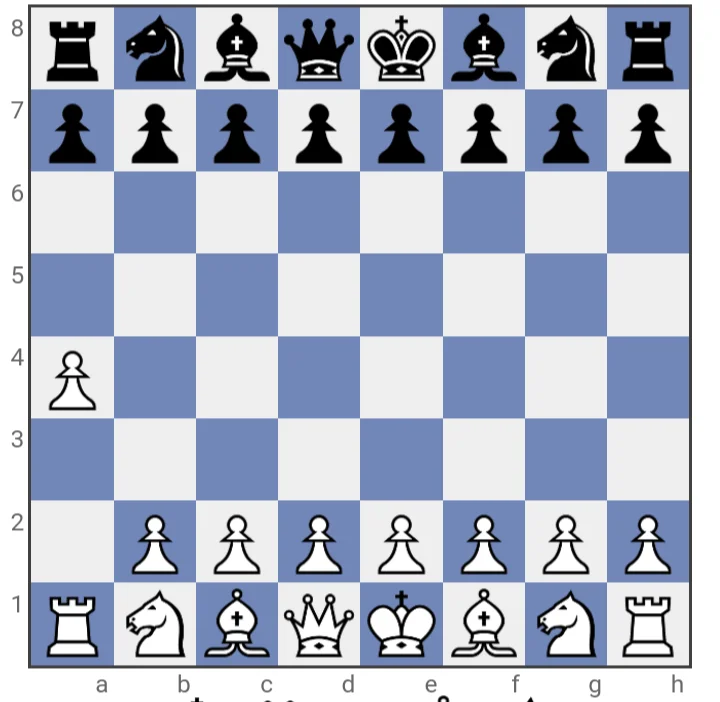
The Ware Opening, characterized by the early a4 move, doesn’t contribute to central control or piece development, putting White at a disadvantage in the opening.
2. The Grob’s Attack (1. g4)
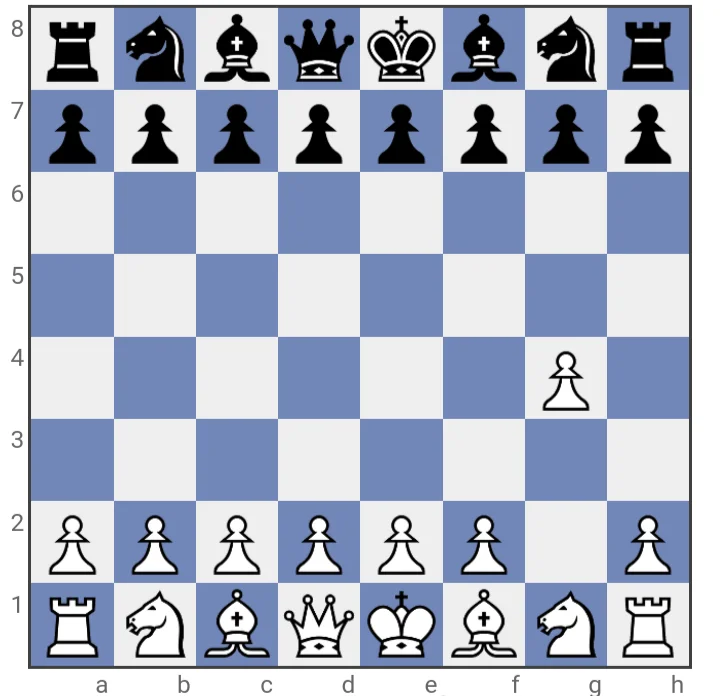
Grob’s Attack, with an early g4 pawn push, neglects central influence and piece development, making it susceptible to counterplay and considered a dubious choice.
3. The Crab Opening (1. a3)
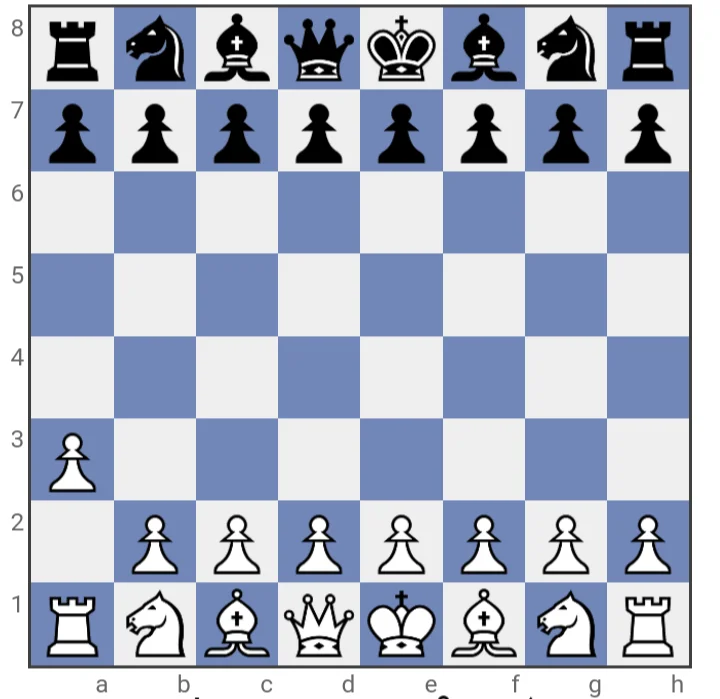
The Crab Opening is a passive choice for White that doesn’t contribute to central control or effective piece development, often leading to a disadvantageous position.
4. The Barnes Opening (1. f3)
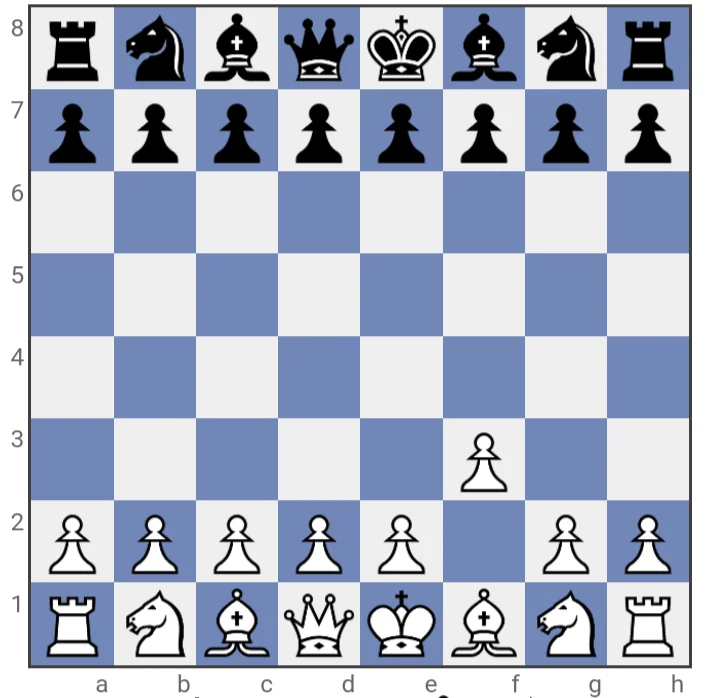
The Barnes Opening weakens White kingside and hinders piece development, making it one of the least favorable opening choices and rarely seen in high-level play.
5. The Meadow Hay Opening (1. e3)
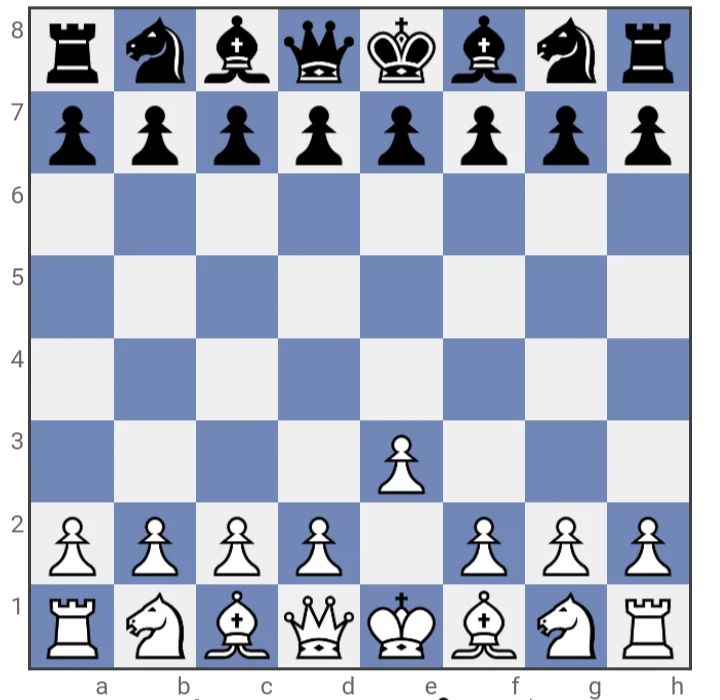 The Meadow Hay Opening, although not a losing position outright, is overly passive and doesn’t seize control of the center or prepare for active piece development, often leading to a less dynamic game for White.
The Meadow Hay Opening, although not a losing position outright, is overly passive and doesn’t seize control of the center or prepare for active piece development, often leading to a less dynamic game for White.
6. The Creepy Crawly Opening (1. h3)
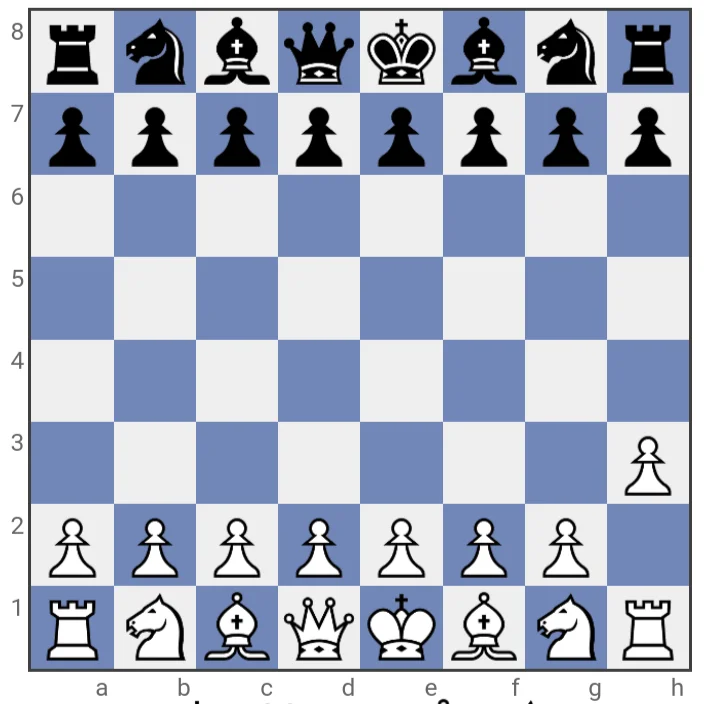
The Creepy Crawly Opening, with an early h3 move, doesn’t contribute to central control or efficient piece development. It’s a passive choice that often leads to a less dynamic position for White.
7. The “Bird’s Opening” (1. f4)
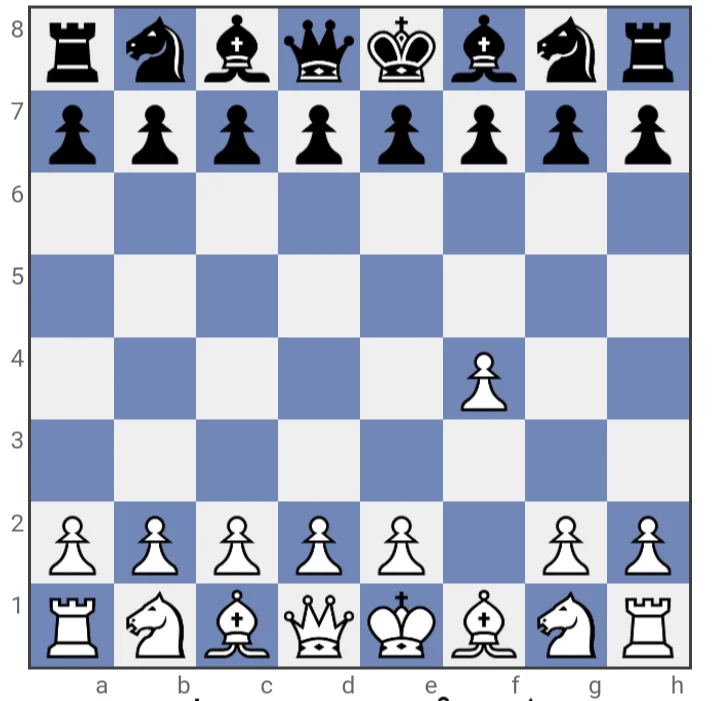
The Bird’s Opening, characterized by the early f4 move, can lead to an unbalanced position and potentially weaken White’s kingside, making it a choice that requires careful consideration.
9. The “Palković Opening” (1. g3)
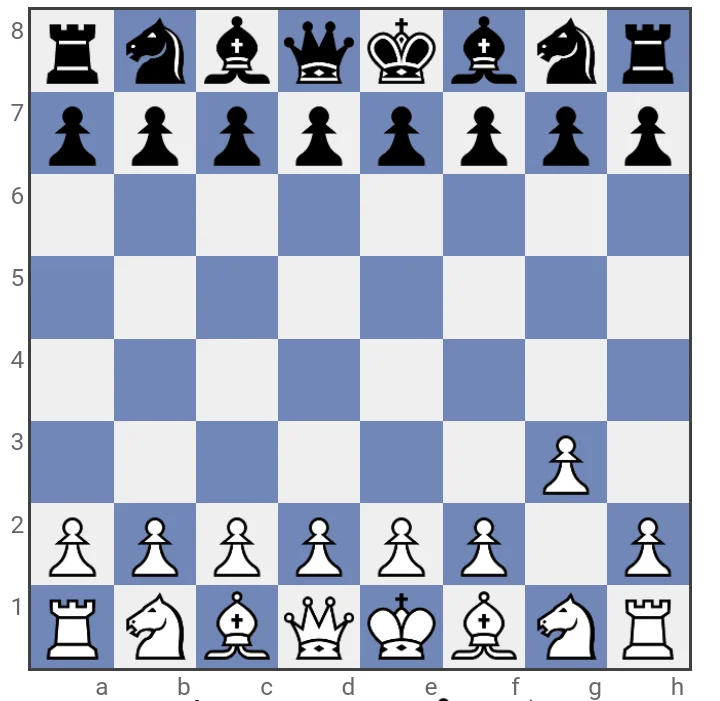 The Palković Opening, with an early g3 pawn move, can lead to a slower, passive game for White, often resulting in limited central control and piece development.
The Palković Opening, with an early g3 pawn move, can lead to a slower, passive game for White, often resulting in limited central control and piece development.
10. The “Saragossa Opening” (1. c3)
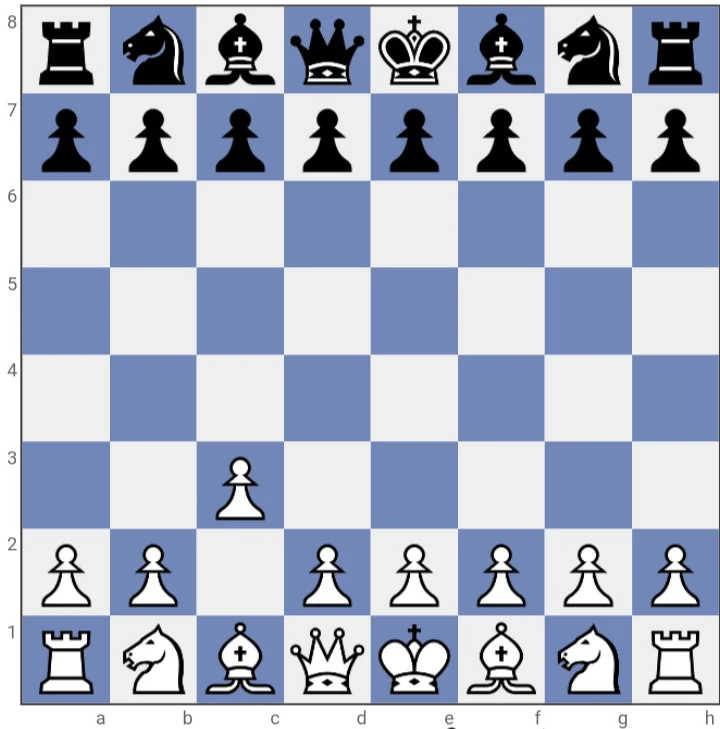
The Saragossa Opening, with an early c3 move, can be overly cautious, delaying central pawn advances and piece development, potentially leading to a passive game for White.
Conclusion
Throughout our exploration of the 10 worst chess openings for White, we’ve uncovered critical insights into the pitfalls and errors that can plague even the most seasoned players. These examples serve as cautionary tales, underlining the paramount importance of a solid opening strategy. Enthusiasts can deepen their understanding of opening theory, sidestep common blunders, and strive for excellence in their games. As chess continues to evolve, these lessons from the past will guide players in navigating the intricacies of the opening phase and contribute to the creation of enduring, strategic battles on the hallowed 64 squares.